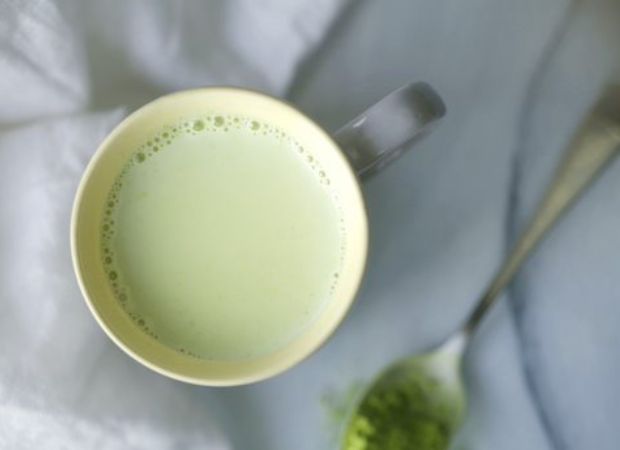If I’m being totally honest, for the longest time I couldn’t quite get with the trend, because if I were to describe the flavours of the tea to you I’d say it’s totally bland, yet somewhat bitter, and all together just awful – like eating leaves almost directly from a tree (which is essentially what you’re doing – but more on that later), only the tree is planted in the depths of hell.
Yeah, matcha is not for everyone, and it certainly wasn’t for me, until a friend of mine shared his recipe. Now I’ve got green tea running through my veins.
What is matcha and how to make it
Traditionally consumed in East Asia, matcha, like green tea and most other teas, comes from the Camellia sinensis plant. However, unlike green tea, when you drink matcha, you’re consuming the entire leaf and, therefore, all it’s goodness – which includes health benefits such as improved heart health and reduced skin damage from the sun, while the tea has higher levels of caffeine and antioxidants – because it isn’t a bagged form of the tea but a fine powder.
So it’s the harvesting and preparation that sets matcha apart.
Though matcha tea is extracted from the same Camellia sinensis plant, towards the end of its harvest, the leaves are shielded from the sun to prevent further growth, while the younger leaves also have higher levels of chlorophyll as a result – this is why matcha has that distinct bright green colour – and an increased production of amino acids.
The stems and veins are then removed and the leaves are ground up into a fine powder, ready for consumption.
Matcha can be used in various ways. Of course, making a warm beverage is the most obvious, but it’s also used in baking – and even brushing your teeth!
The only matcha latte recipe you’ll ever need
As previously, not-so-eloquently stated, matcha can be quite polarising, particularly as it carries so much more flavour. It’s important to get the right balance when making the tea, or in our case, a matcha latte.
You’ll need:
1/2 tsp matcha powder
¼ cup boiling water
¾ milk
1 tsp sugar/honey/maple syrup
Begin by dissolving your matcha powder in your boiling water. The mixture is traditionally mixed with a bamboo whisk – the kitchen utensil had more prongs, is softer and more flexible, to ensure there isn’t any lumping, because matcha powder does tend to lump – though a regular whisk will do just fine.
Pro-tip: Sifting your matcha powder even before you add your water is also a sure-fire way to rid your mixture of any lumps before you even begin.
At this point you can add your sugar and adjust according to your taste. You can also use honey or maple syrup instead. The sweetness, and added flavour of the honey or maple syrup, makes the world of difference in cutting through that bitter taste, though you can choose to omit it.
What you’re left with is a vibrant green latte true that is sure to put a kick in your step. One last fact: Though it depends on the matcha powder you use and how strong you make your cuppa, matcha contains between 18.9 and 44.4 mg of caffeine per gram of tea, per Medical News Today, while most coffee beans contain an abysmal 10–12mg.

